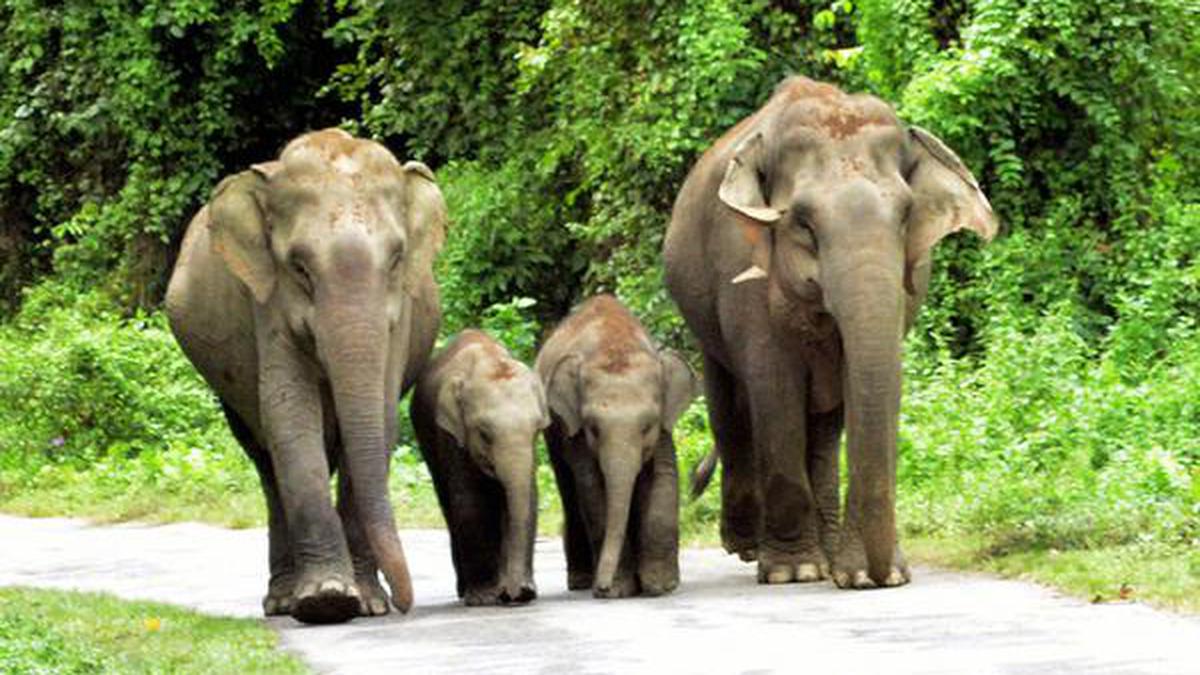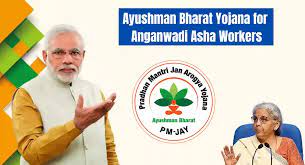The Supreme Court issued a remarkable unanimous decision, declaring the electoral bonds scheme “unconstitutional and manifestly arbitrary.”
A five-judge Constitution Bench, led by Chief Justice of India (CJI) DY Chandrachud, unanimously rejected the proposal, alleging an infringement on voters’ right to knowledge and excessive restrictions.
Key Reasons for Ending the Electoral Bonds Scheme
[A] Violation of Right to Information (RTI)
- Petitioners stated that the plan violates the Right to Information under Article 19(1)(a) of the Constitution, emphasising voters’ right to know about political party funding.
- Despite the government’s claim that individuals have no “right to know” about political contributions, the court affirmed voters’ access to such information, emphasising the fundamental link between money and politics.
- The court emphasised the “deep association” between money and politics and the importance of transparency in preventing quid pro quo arrangements.
[B] Disproportionate Restrictions:
- The scheme’s anonymity for donors, intended to combat dark money, was deemed excessive given its goal.
- Advocates pointed out potential gaps that allow for cash donations, diminishing its effectiveness in countering dark money.
- The court emphasised the existence of less restrictive alternatives to meet the scheme’s goals, such as Section 29C of the Representation of People Act of 1951.
[C] Privacy vs. Public Interest:
- While the administration argued for donor anonymity to safeguard privacy, campaigners emphasised the necessity of public oversight in political fundraising.
- The court stressed that donor privacy only applies to real kinds of public funding, rejecting the scheme’s provision for perfect anonymity.
[D] Unlimited Corporate Contributions:
- Advocates emphasised the negative effects of unlimited corporate funding on free and fair elections.
- The court reinstated the corporate contribution limit, emphasising the need to prevent disproportionate corporate influence in politics.
- It expressed concern that limitless contributions could encourage quid pro quo agreements, particularly among loss-making enterprises.
Impact on Key Legal Amendments
- The court threw down modifications to the Representation of the People Act of 1951 that exempted political parties from publishing donations in excess of Rs. 20,000, strengthening the balance between voters’ right to transparency and donor privacy. (Section 29c)
- Amendments to the Companies Act of 2013 that allowed for limitless corporate contributions were overturned, restoring the limitation on corporate political donations and protecting election integrity. Section 182.
- The Income-tax Act of 1961 repealed exemptions for political parties to keep records of donations received through electoral bonds, protecting voters’ right to transparency. (Section 13a)
Application of Proportionality Test
[A] Definition:
- The proportionality test evaluates the balance of conflicting fundamental rights or interests and the steps used by the state to attain its goals.
- It involves four criteria: legality, necessity, rigorous proportionality, and interest balance.
[B] Government’s Arguments:
- The administration defended the plan, citing legitimate goals like combating dirty money and preserving donor confidentiality.
- Solicitor General Tushar Mehta contended that the right to information does not include material not in the state’s possession.
[C] Court’s Analysis:
- Using the proportionality test, the court examined the balance of competing basic rights, emphasising the importance of the “least restrictive” approaches.
- It emphasised the significance of less intrusive options, such as the electoral trusts plan, in meeting the system’s goals.
Why is this a Landmark Case?
- Burden of Proof: The court ruled that the state must show that its restrictions are the “least restrictive” and that there are no other “equally effective” methods to achieve its goals.
- Balancing Competing Rights: Unlike past approaches that prioritised the public interest over individual rights, the court focuses on balancing competing fundamental rights.
- Structured Proportionality Test: The ruling employs a structured proportionality test, which requires the state to establish that its measures restricting basic rights are commensurate to their goals.
- Application of Legal Precedents: While the right to privacy verdict established the law, future cases such as Aadhaar (2018) and Demonetization (2023) used the structural proportionality test. The electoral bonds decision marks a substantial divergence in this regard.
Source: https://www.thehindu.com/news/national/why-did-the-supreme-court-strike-down-the-electoral-bonds-scheme-explained/article67848657.ece#:~:text=The%20Supreme%20Court%20on%20February,)(a)%20of%20the%20Constitution.










